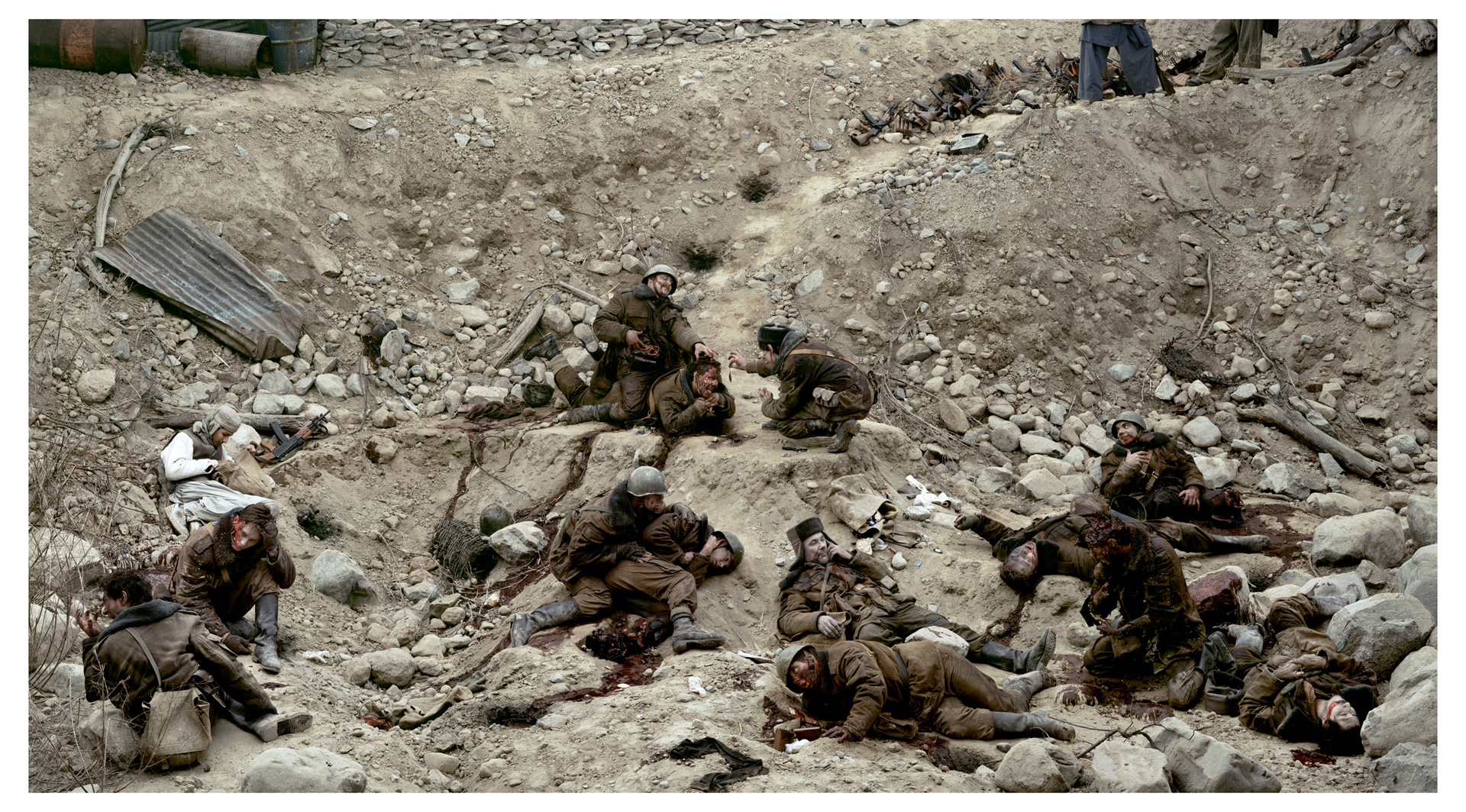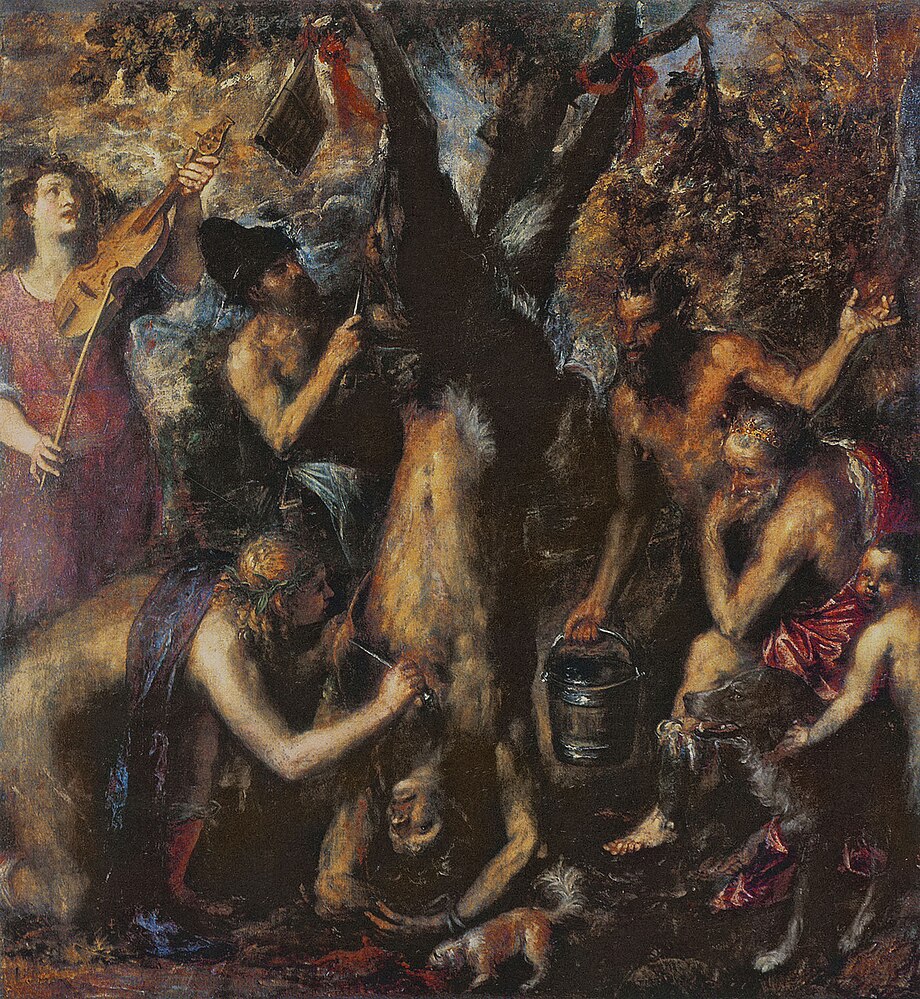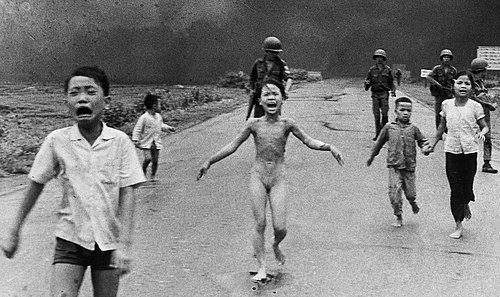Central to modern expectations, and modern ethical feeling, is the conviction that war is an aberration, if an unstoppable one. That peace is the norm, if an unattainable one. This, of course, is not the way war has been regarded throughout history. War has been the norm and peace the exception.
… my entire life has been spent in a land that has been largely free of war… i am white, male, middle class, in my 60’s… relative peace and calm has been a luxury throughout my life… military conscription ended when i was old enough, there has been no war since that demanded such conscription… because i am white, the violence of the justice system does not impact me… it is impossible for me to truly comprehend the privilege i have been graced with…
That a gory battlescape could be beautiful—in the sublime or awesome or tragic register of the beautiful—is a commonplace about images of war made by artists. The idea does not sit well when applied to images taken by cameras: to find beauty in war photographs seems heartless. But the landscape of devastation is still a landscape. There is beauty in ruins.
… people should not detach themselves from their feelings about misfortune and tragedy, theirs or others… the universe is indifferent to it, but people are not always… the closer to home, the more certain it is they won’t be… where is one to find meaning in a universe that churns on, constructing, deconstructing, building up, grinding down… is the best stance one of detachment?… if it is, then what of the human capacity to feel, love, empathize… there is a great emphasis being placed on empathy these days, it is a hopeful stance, one that suggests that we can all just get along… and yet, the evidence is solid in the direction of no, we can’t…
… Sontag talks about photographs taken among the ruins of the trade towers… what is beauty?… does it exist in devastation and death?… the discussion is about the confused powers of photography, the power to document, the power to make most anything beautiful, the position of witness to the truths of the cosmos, sublime and detestable both…
… as example of raising misfortune to artistic aesthetic heights, which crosses over from documentation to exploitation, Sontag offers Sebastião Salgado, who photographs wild animals on the brink of extinction, humans engaged in barely endurable labor that pays a pittance, or roaming the world restively looking for a place to live out their lives with decent prospects for the privilege i have… she notes that his pictures are exhibited in high end galleries and purchased by people with far more means than i have… they are noble savage sorts of photographs… the savage is beautiful so long as they remain the savage… she note also that the people he photographs never have a name… or at least, he hasn’t troubled himself with finding out what it is and identifying them…
PHOTOGRAPHS OBJECTIFY: they turn an event or a person into something that can be possessed. And photographs are a species of alchemy, for all that they are prized as a transparent account of reality.
… photographic fact of life… Sontag talks of the current trend to show the shockingly ugly, to provoke emotion, action, or simply catapult the creator into notoriety… this latter is the operating motive of so much these days, to be noticed at all one has to shock… a shock doctrine… as i write this i know i have heard it before and look it up, the title of a book by Naomi Klein where she describes it as the deliberate exploitation of national calamity to put through dubious policies while the people are distracted… hmmm…
All memory is individual, unreproducible—it dies with each person. What is called collective memory is not a remembering but a stipulating: that this is important, and this is the story about how it happened, with the pictures that lock the story in our minds. Ideologies create substantiating archives of images, representative images, which encapsulate common ideas of significance and trigger predictable thoughts, feelings.
… an extremely important point…
… Sontag discusses the significance to a people of collecting their history and enshrining it in an institutional setting so they can remember the tragic past and celebrate survival in the present… Sontag asks why there is no museum of the sufferings of African Americans (at the time of writing, there are now a number that are in planning or opened as of the writing of this Atlantic article in 2016)…





